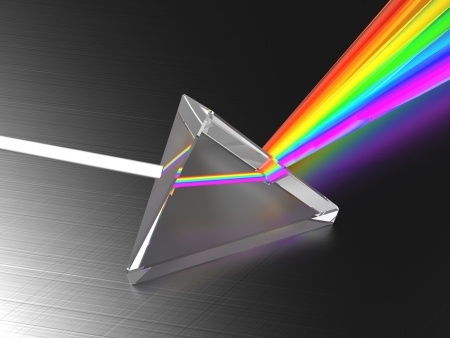Useful viruses, dinosaur sex, incompatibles, super clocks, and happy 25th Hubble. This eclectic collection of current science news stories is brought to you by STAOBlog.
SciNews is published every Monday and Thursday. Stay tuned for more.
 Biology
Biology
The Maps Within: Using Viruses in Forensic Biology. Discover
Forensic biology has made tremendous strides in the past few decades thanks largely to advances in DNA techniques and analysis. Genomic sequencing has generated new methods of human identification reaching far beyond fingerprints and dental records, providing crucial information in the course of investigations, valuable evidence in historical fieldwork, and personal closure in the wake of tragedy. Read More…
Your toy stegosaurus may be a girl. Science News
Are your toy dinosaurs boys or girls? One Science News editor decided her plush stegosaurus was male and named him Franklin. It was as good a guess as any since there’s really no way to tell a dinosaur’s gender just by looking at it. Even paleontologists can’t always determine gender. Female dinosaurs that were pregnant when they died had a specific type of bone tissue (and sometimes eggs inside), but dinos without that tissue could have been either males or (nonpregnant) females. Read More…
Chemistry

Incompatible Chemical Mixtures. About Chemistry.
Some chemicals shouldn’t be mixed together. In fact, these chemicals shouldn’t even be stored near each other on the chance that an accident could occur and the chemicals could react. Be sure to keep incompatibilities in mind when reusing containers to store other chemicals. Here are some examples of mixtures to avoid: Read More…
Physics
Strontium atomic clock accurate to the second — over 15 billion years. Science Daily
In another advance at the far frontiers of timekeeping , the latest modification of a record-setting strontium atomic clock has achieved precision and stability levels that now mean the clock would neither gain nor lose one second in some 15 billion years — roughly the age of the universe. Read More…
Tiniest circuits: Light-controlled molecule switching. Science Daily
Researchers have succeeded in light-controlled molecule switching. Scientists are working on storing and processing information on the level of single molecules to create the smallest possible components that will combine autonomously to form a circuit. Researchers can switch on the current flow through a single molecule for the first time with the help of light. Read More…
Earth and Space Science
Millimeter-sized stones formed our planet. Science Daily
Researchers can now explain how asteroids are formed. Our own planet also has its origins in the same process, a cosmic ocean of millimeter-sized particles that orbited the young sun, according to new research. Read More…
Space scientists pay homage to 25 years of the Hubble Space Telescope. Science Daily
It was launched 25 years ago and has given humankind a glimpse at some of the farthest and earliest cosmic phenomenon in the observable Universe. On Friday, 24 April, the HST will celebrate exactly 25 years since it was launched. Read More…



